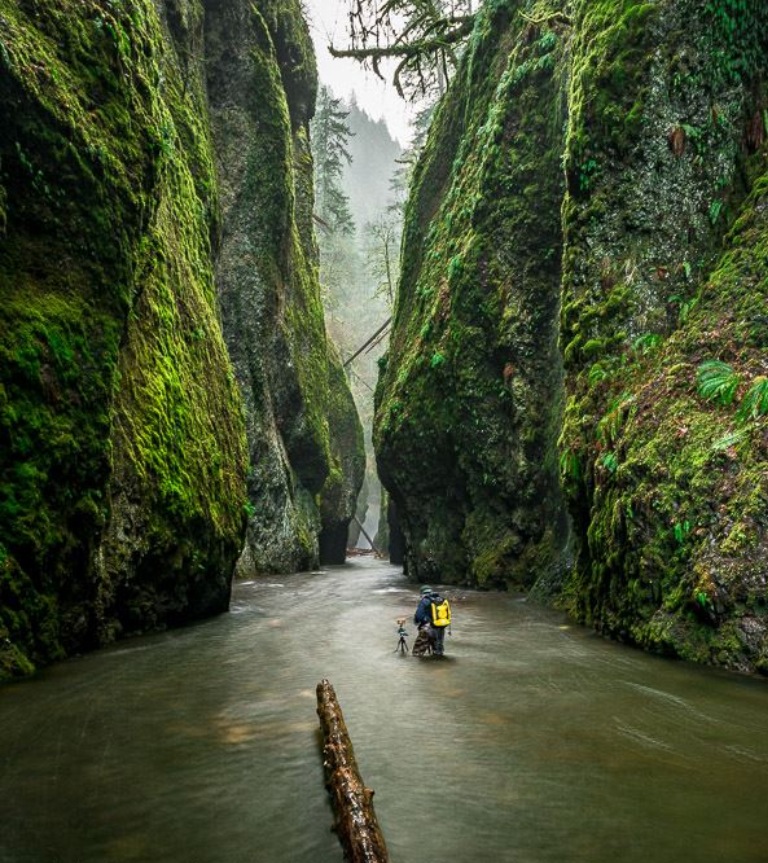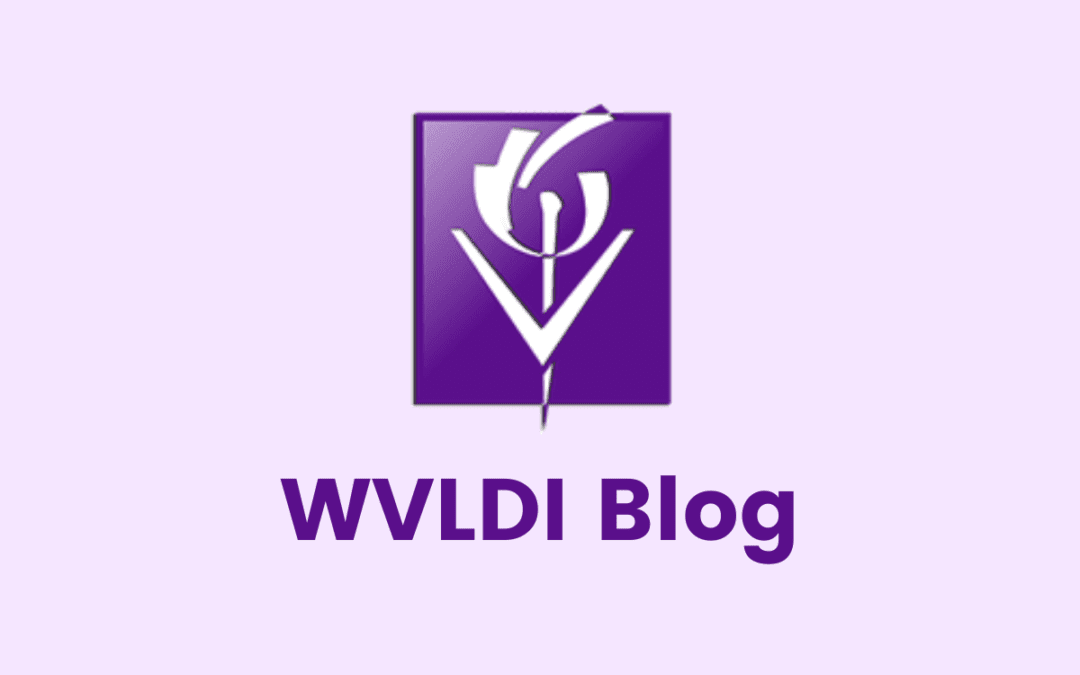
This essay is about my journey. It’s not an attempt to be about the best or right path to allyship, and it’s not intended to be a blueprint for what your journey toward allyship should look like. It’s also specific to allyship in the realm of women in leadership within veterinary medicine. A journey takes many footsteps from start to a final destination. Mine likely started (as it does for most of us) by seeing how the role of gender played out in the dynamics between my parents, and my friends’ parents, and other authority figures in my life (teachers, coaches, etc.). But there are some moments that leave a bigger impact than others. Moments that completely alter our trajectory.
One such moment for me occurred in May of 1996. The place was the Himalayan foothills of Nepal. This experience had a significant role in nudging me on my path toward allyship with women in leadership. My wife (also a veterinarian) and I had been married for six years. Our daughter had just turned three, and our son was 1 ½. I owned one practice and was a few months away from launching a second. My wife’s professional journey at the time had her working as a writer for Christian Veterinary Mission. Her work provided the opportunity for us to travel to Nepal to create a documentary highlighting certain fieldworker projects. I now know that besides being motivated to see this amazing part of the world, I headed into this adventure with a bloated ego, thinking I was being a selfless savior traveling all those miles to help “those impoverished people” we had yet to meet. It didn’t take long to figure out how misguided I was.
On our way, we missed a connection and arrived in Kathmandu a day later than we had planned. Our luggage didn’t arrive at all. With only the clothes we had been wearing for two days and the Hi8 Camcorder I had in my carry-on bag, we boarded a much shorter flight into the rural Himalayan foothills, followed by a 5-hour walk, to meet our fieldworker hosts. The combination of our smell, and the bags under our eyes, created quite the first impression! It took no time at all for us to learn that we would be the ones being encouraged and supported. Over the next several days, as we got to know the people of this remote village and their challenges, it was clear that the women and girls did the majority of the work while the men appeared to me to do little to support the community and were seen drinking alcohol each day. Despite this, it was the men of the community who held the leadership positions and who wielded power. In fact, the name of our documentary was “Where the women have no name.” In this society, women (young and old) were referred to only in relation to men. They were either a mother of a son, a wife of a husband, or a daughter of a father. We set out to learn and speak their names. Women and girls were charged with managing all the needs of the village and hindered from participating in school or social activities. It seemed like every girl old enough to carry a bucket of water spent the bulk of their day completing numerous journeys back and forth from to the river and back to supply the village with water. This left no time for school.
My suburban middle-class worldview at the time was that women and girls had equal opportunities to dream and to succeed at whatever goals they wanted to pursue. I had seen examples of this all around me. I realize now that this was not true. But prior to this, I hadn’t been aware of all the roadblocks that others experienced. I’d had the luxury of not having to be aware of that reality that so many women in America and around the world faced. These Nepalese women taught me that they didn’t need anyone to do things for them. All they wanted was the same barrier-free access to opportunities that the men were afforded.
Although I certainly didn’t know of the concept of “ally” at the time, I could see it would be helpful to have someone come alongside to help “clear a path.” And of course, the irony of this is that these “paths” were likely ones blocked by systems put in place by men over many generations. This “clearing” is just an attempt at leveling the playing field. I believe this experience shifted my mindset to one consistently seeking allyship moments. This could look like speaking up for others when my voice might be a little louder. Like making an introduction for someone when a connection I’ve made might lead to lowering hurdles. Like an encourager to those who have convinced themselves that the next door will be slammed shut on them like so many others before.
I also believe that an ally is one who isn’t afraid to ask “what if” questions. This is something I learned in Nepal as well. Our Christian Veterinary Mission hosts were wonderful examples of allies. They were a husband-and-wife team. She is a veterinarian. He is a water systems engineer. They were great at asking “what if” questions.
A slam dunk question they asked as they set up roots in this community and built relationships, was “What if you were able to produce healthier animals?” It didn’t take long to realize that steps they could implement into their daily routines would provide more work and provide more protein to boost human health among the villagers. Of course, there are great economic gains from healthier animals as well.
A transformative question for this village was, “What if girls could go to school AND the village could obtain enough water?” I don’t believe this possibility had come to mind before. Once asked, together, they were able to direct water from the river to a new water tap in the heart of the village. This wasn’t done for them. It was done by them. The focus became a “what would you like to accomplish?” and a “how can I help?” thing. With this completed, and the young girls having time to go to school, women were empowered to creatively problem solve and improve their community in even more ways. Other villages in the region started asking their own “what if” questions. To be totally clear, I had nothing to do with these projects. My wife and I were just there to document it. We learned so much from experience. I went into this thinking I would help them! Quite the opposite occurred.
This has been a very long story, and yet I still haven’t answered the initial question: “What’s a man like you doing on the WVLDI Board?”. This wasn’t something I sought. I answered an invitation. I believe that invitation came about because people saw my tendency to look for paths to clear and doors to open. That tendency was developed by experiencing many moments like that one in Nepal. To be honest, though, it surprises me and also scares me when these types of invitations are presented. Being considered to serve with WVLDI has been humbling. Women have suffered throughout history because men have hoarded power. I have seen this. The leadership of WVLDI certainly doesn’t need my help. But since men are the source of the leadership differential problem, men should be willing to help with the solution. Do I know how this will happen? Nope! Not yet. But I’m willing to show up and work toward that end. I have a passion for meeting people, for getting to know them, and introducing them to other specific individuals in the hopes that through those connections, paths might be cleared, and doors might be opened. To me, this is the heart of allyship; to be bold enough to step out of your familiar, get to know others, and ask “what if” questions. It also means realizing that I don’t always get it right. The fear that sincere attempts at allyship can be taken as patronizing or belittling is real and has been realized. I learn from failure and do better in the future. I will fail again. WVLDI would do just fine without me. They don’t need me. I have learned to approach being on the Board of Directors with this in mind and to layer it with how welcoming and supportive everyone has been toward me and my attempts to contribute. I enjoy this group immensely. It is an honor to volunteer and serves.
Now you know a bit of my allyship journey. Please share yours. Our journeys are all different, and by their very nature, come with unexpected detours and potholes. If you haven’t already taken steps toward allyship, I hope my story encourages you to do so. The path is wide enough. Please join me on it.

